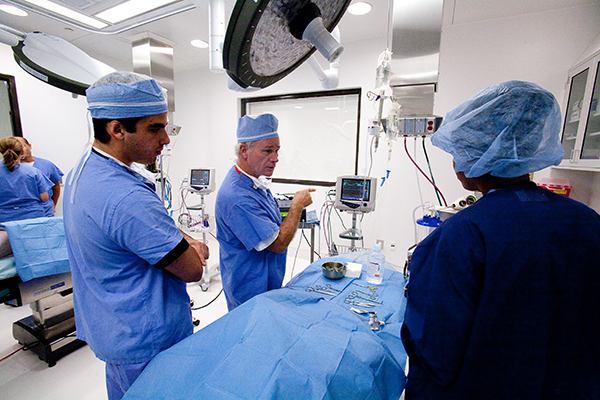Medtech Innovators and Investors: Are You Wasting Cash In Design & Development?
Watch, listen and learn. Our 2020 AdvanSE session can help you know, and fix, the ways medtech innovators burn cash unnecessarily. Too many promising medtech innovations and early stage companies fail unnecessarily because they run out of funding before achieving milestones required for next-round investments. It is possible to know earlier in the…








